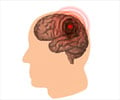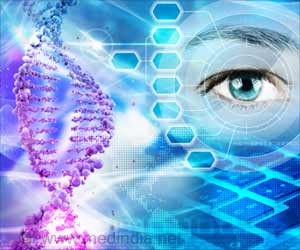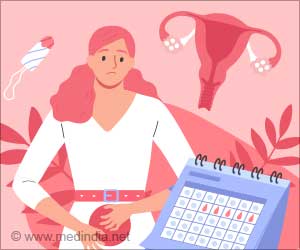
- Stroke is one of the leading causes of death and disability in India
- About 31% of stroke victims return to work
- Dr Jeyaraj Duraipandian spoke to Medindia exclusively on stroke along with awareness levels, stroke signs and incidence in India.
A) I graduated in Neurology in 2000 and specialized in epilepsy. While working with epilepsy, I found that stroke patients did not have access to proper care. There was no treatment available for stroke and there was poor understanding.
It was a pathetic sight to see stroke patients suffer and the only people who offered support were close family members. It was a huge burden to the family as most stroke survivors were disabled due to the condition.
That is when I decided to take up further studies on stroke in Australia, based on the needs of our country.
Q) What are the major risk factors for stroke in India?
Q) In your study, why do you think North Indians use more illicit drugs than South Indians?
Q) What are the early warning signs of stroke and how can relatives help the patient?
A) Responding to stroke should be based on the FAST protocol, where F stands for face. Any drooping of a part of the face is an indication of stroke. A is for Arms, the patient should be asked to raise both the arms. If he/she is unable to raise one of his arms, it is a warning sign. S is for speech, any slurring of speech is an indication of stroke. Finally, T is for time, the patient should be rushed to the hospital as soon as possible.
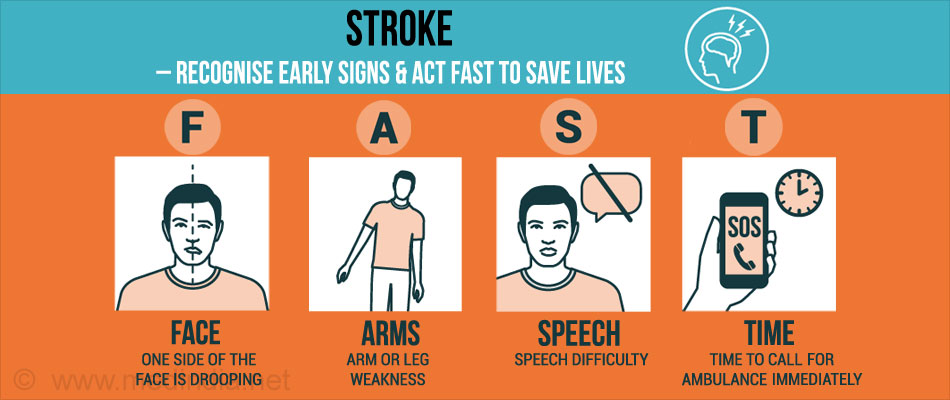
Taking the patient to a stroke ready hospital will be ideal as the patient should be administered with clot busting drug within 4 and a half hours of the occurrence of stroke.
Q) Can stroke victims become independent again?
A) The intensity of stroke varies from mild, moderate to high. Generally, one-third improve , one-third are disabled while one-third die.
Q) What is the prognosis for stroke among Jains as your study shows that they don’t use any drugs?
A) The population of Jains is very small in the study sample for conclusive findings. Jains generally avoid medication.
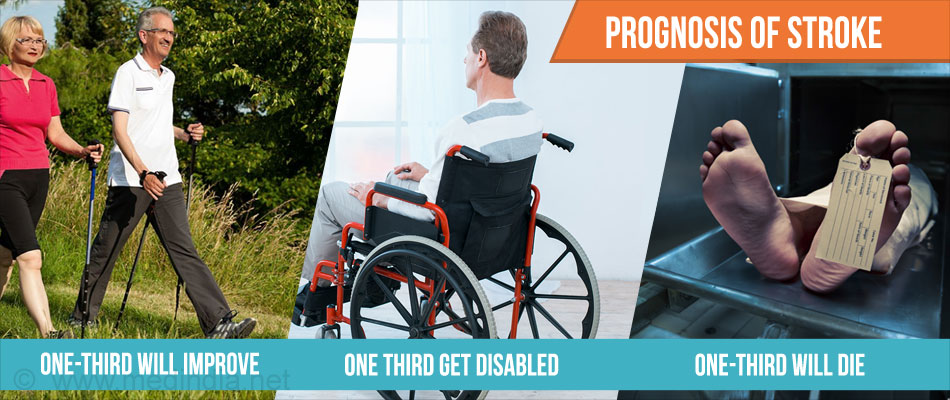
Q) Which socio-economic background showed the maximum incidence of stroke?
A) There was no association between socio economic background and stroke, every section was found to be equally affected. There was a higher incidence of stroke among rural people than urban, this could be due to changing lifestyles. People in the villages lead a more sedentary lifestyle when compared with their forefathers due to the use of two wheelers and increased facilities.
Q) What is the awareness about stroke in India?
A) There is poor awareness about stroke in India, most people cannot differentiate between heart attack symptoms and stroke. Greater facilities need to be provided for stroke victims and caregivers to make them lead independent lives.
Q) A new study shows there is a 12% reduction in stroke risk on consumption of one egg per day? Your comments?
A) The study highlights the health aspect of egg and its benefit in preventing stroke.
Q) Egg has always been believed to increase cholesterol and is generally avoided, how will it help avoid stroke? Is such a recommendation correct?
A) Egg has many anti-oxidants that aid in lowering blood pressure. This is the feature that is highlighted in the article. Such research will help in increasing awareness about the benefits of egg as many people tend to avoid egg.
Source-Medindia



